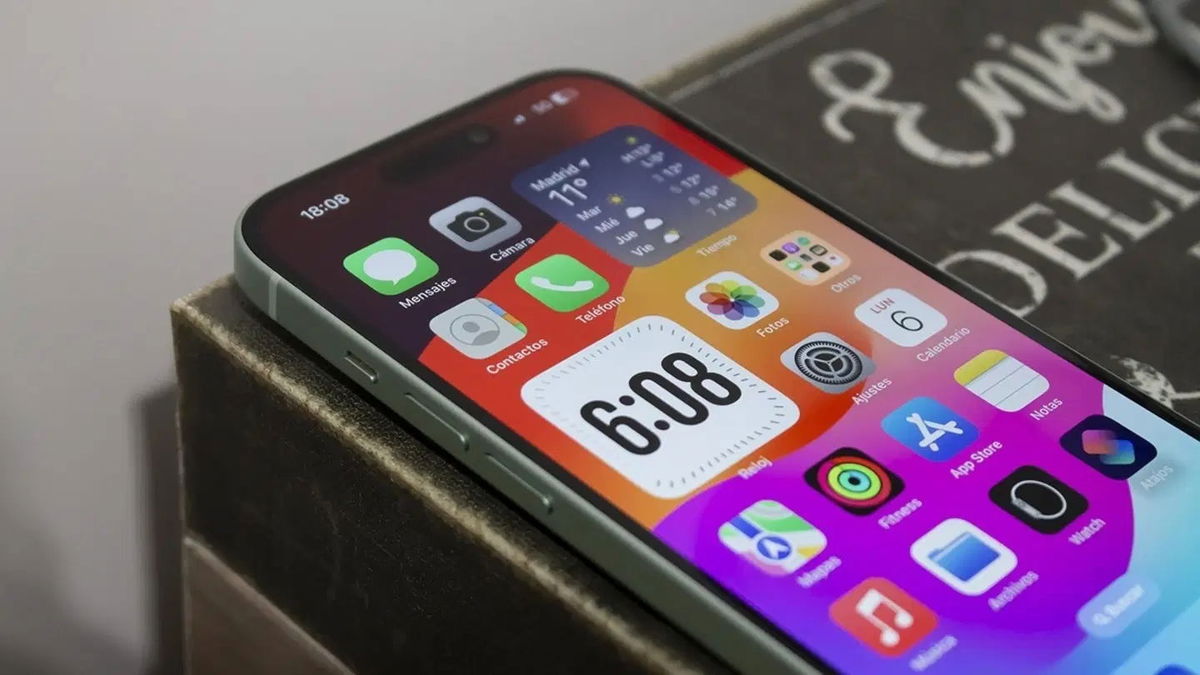Samsung’s plant in the Kaluga region will supply equipment to the Russian market through parallel imports. The equipment will first be taken to Belarus or Armenia, and then returned for sale. Officially, the manufacturer stopped deliveries to Russia in March.
Thus, the company intends to avoid secondary sanctions. The company has already begun to work according to this scheme: assembled TVs are stored there, which are supposed to be exported to the CIS countries and imported under the parallel import scheme, Kommersant learned.
Samsung's Russian plant is in operation, but "it is not known with what components, the South Korean company does not officially supply spare parts now," said Gleb Mishin, head of the Russian representative office of the Candy-Hoover Group (part of the Chinese group). Haier).
Samsung brand stores sell devices intended for sale in EAEU countries. Network operator Inventive Retail Group reported that the goods were imported during official deliveries.
According to Finam analyst Leonid Delitsyn, the Russian market share of Samsung TV sales is 3.2%, and the annual revenue from its sales is 60 billion rubles.
In early June, Samsung partially resumed work. The company's plant in the Kaluga region began production, but only for export - to Kazakhstan, Uzbekistan, Kyrgyzstan and other countries. The plant is scheduled to be fully operational after the summer holiday season.
In mid-June, it became known that it was impossible to turn on part of Samsung smartphones in Russia. The problem affected all devices that are imported into the country through parallel imports. To activate smartphones, you need to insert a SIM card from the operator of the countries where Samsung has official representation.
Author:
karina pardaeva
Source: RB
I am Bret Jackson, a professional journalist and author for Gadget Onus, where I specialize in writing about the gaming industry. With over 6 years of experience in my field, I have built up an extensive portfolio that ranges from reviews to interviews with top figures within the industry. My work has been featured on various news sites, providing readers with insightful analysis regarding the current state of gaming culture.











